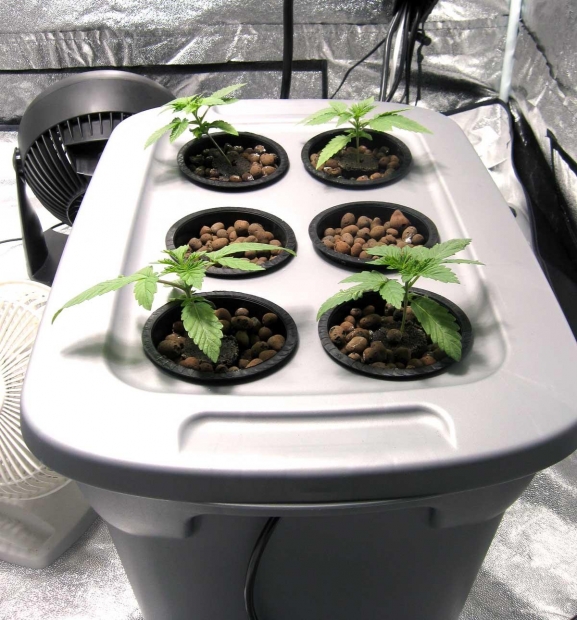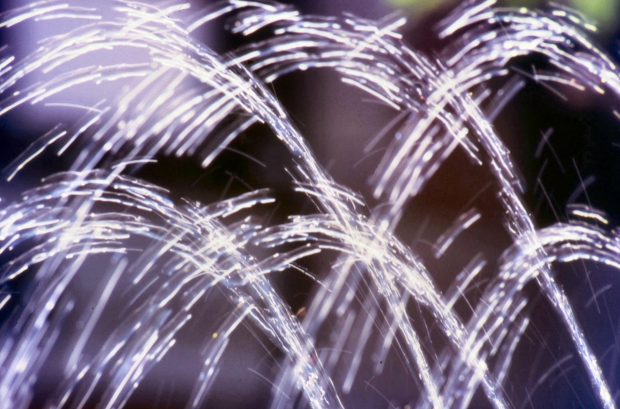 Loading... Please wait...
Loading... Please wait...Save Money. Grow Your Own!
Fast Plain Box Shipping.
We ship to the US & Canada.
Grow Your Own!
Easy Nutrient Film Technique Systems
Posted on 3rd May 2016
Wondering about nutrient film technique or NFT systems? This is another type of system that has a fancy sounding name but actually is pretty simple. But not only that -- it's a unique kind of system, that's very popular these days for a number of reasons.
Here's a very easy way to describe nutrient film technique – you put plants in pots, with roots hanging down into that channel. A thin film of water runs through a channel that irrigates plants.
That's it in a nutshell. But here are some of the basic steps to creating a very easy and effective nutrient film technique type of garden.
Set up plant pots

Like with other systems, plants in a nutrient film technique get set up in trays or tables above the ground. This structure should have a flat top made out of plastic or other materials. Make small holes in the material and put in small plant pots that look like colanders – they’ll have holes for the roots to grow through.
Set up your channel
The channel will be right under the tray table. The idea is that the plant roots will hang down (below the cover) and sit in this thin channel, where water will run through.
Set up your reservoir and pump
The reservoir sits under the raised table. The pump is inside. It pumps water up to the channel that goes underneath the turntable.
Set your slope
Here is where you have to start designing your water delivery strategy. You don't want too much of a slope, or water will brush past without really providing anything to plants. You want a very subtle slope that will allow the water to slowly trickle down through the system and then back into the reservoir.
Start the pump
This is one of the trickier parts of a nutrient film technique system. You'll need to have the pump running for a long time in order to facilitate that continual trickle of water. You have to fine tune the system and figure out if you need to run it for more than a couple of hours a day, or when you can take breaks. You may have to manually turn the pump on and off, which can be a hassle. Hydroponic shops can sell you specialized gear that will help you to manage this process.

Look out for the green stuff!
One of the last steps in your process will be to start comparing for explosive growth when you set one of these systems up. The reason for this gets into some of the best propositions for nutrient film technique systems that are getting people interested in growing plants.
Again, let's try to put this in simple terms. Why do plants love nutrient film technique systems?
When you've been in hydroponics for a while, you realize that plants love oxygen, and that's one of the major building blocks for good growth. But nutrient film technique does two different things to provide oxygen to plants. First you have that trickle of water that is rich in oxygen and nutrients. But you also have plant roots exposed directly to the air. Through this combination, plants get a lot of oxygen and can grow quickly.
With that in mind, once you have set up your entire nutrient film technique system, start looking above the plant pots. Look for plants to really grow and branch out. Maintain a pruning strategy or some kind of management for trimming plants. Make sure that you’re able to handle the growth that results. For vining plants, make sure they are well supported to grow vertically.
Try one of these systems and you'll see why so many people are going this way with hydroponics. Lots of nutrient film technique systems are rather self-contained, pretty automated and easy to handle -- and they get you good results, too!
